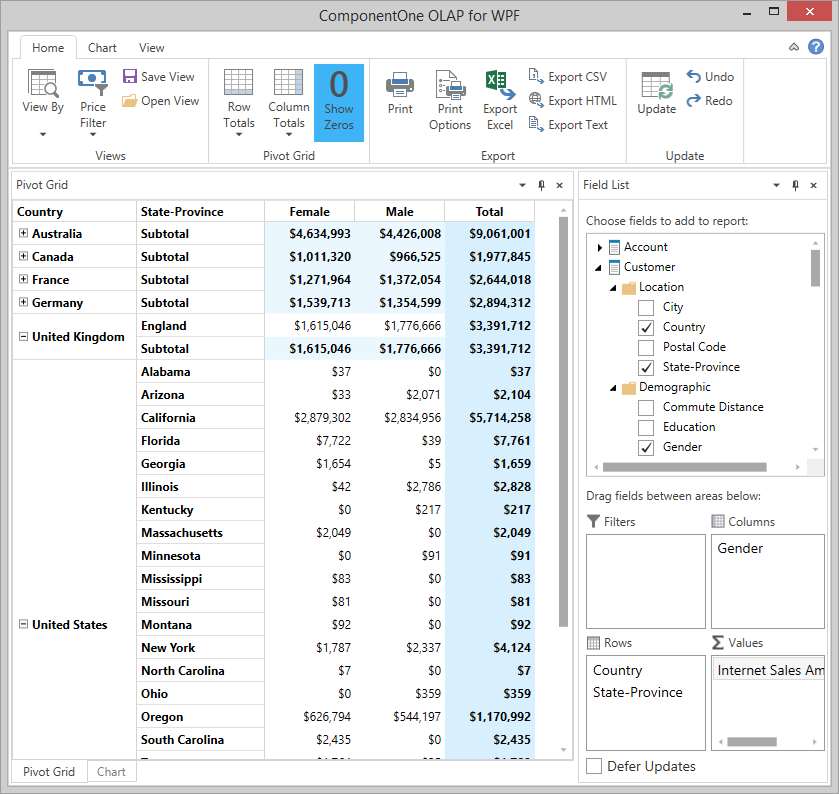Olap Cube Software Pvt

G-Cube offers elearning software solutions, learning management systems for companies worldwide. Ultimate Oldies But Goodies Collection on this page.
Applies To: Excel 2007 Online Analytical Processing (OLAP) is a technology that is used to organize large business databases and support business intelligence. OLAP databases are divided into one or more cubes, and each cube is organized and designed by a cube administrator to fit the way that you retrieve and analyze data so that it is easier to create and use the PivotTable reports and PivotChart reports that you need. In this article What is business intelligence? A business analyst often wants to get a big picture of the business, to see broader trends based on aggregated data, and to see these trends broken down by any number of variables. 3d Carrom Board Game For Pc Windows 8. Business intelligence is the process of extracting data from an OLAP database and then analyzing that data for information that you can use to make informed business decisions and take action. For example, OLAP and business intelligence help answer the following types of questions about business data: • How do the total sales of all products for 2007 compare with the total sales from 2006? Dany Tv Tuner Software Drivers Download more.
• How does our profitability to date compare with the same time period during the past five years? • How much money did customers over the age of 35 spend last year, and how has that behavior changed over time? • How many products were sold in two specific country/regions this month as opposed to the same month last year? • For each customer age group, what is the breakdown of profitability (both margin percentage and total) by product category? • Find top and bottom salespeople, distributors, vendors, clients, partners, or customers. What is Online Analytical Processing (OLAP)?
Online Analytical Processing (OLAP) databases facilitate business-intelligence queries. OLAP is a database technology that has been optimized for querying and reporting, instead of processing transactions. The source data for OLAP is Online Transactional Processing (OLTP) databases that are commonly stored in data warehouses. OLAP data is derived from this historical data, and aggregated into structures that permit sophisticated analysis.
OLAP data is also organized hierarchically and stored in cubes instead of tables. It is a sophisticated technology that uses multidimensional structures to provide rapid access to data for analysis. This organization makes it easy for a PivotTable report or PivotChart report to display high-level summaries, such as sales totals across an entire country or region, and also display the details for sites where sales are particularly strong or weak. OLAP databases are designed to speed up the retrieval of data. Because the OLAP server, rather than Microsoft Office Excel, computes the summarized values, less data needs to be sent to Excel when you create or change a report. This approach enables you to work with much larger amounts of source data than you could if the data were organized in a traditional database, where Excel retrieves all of the individual records and then calculates the summarized values. OLAP databases contain two basic types of data: measures, which are numeric data, the quantities and averages that you use to make informed business decisions, and dimensions, which are the categories that you use to organize these measures.



